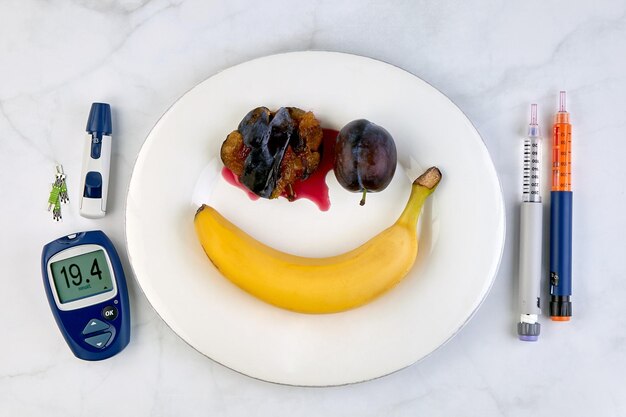Understanding the Differences Between Type 2 and Type 1 Diabetes: Can One Become the Other?
Diabetes is a complex medical condition, and understanding its intricacies can be crucial for managing your health effectively. A common question that arises is whether Type 2 Diabetes can transform into Type 1 Diabetes. The short answer is no; these are distinct conditions with different causes and treatment approaches.
Key Differences in Diabetes Types
Type 1 Diabetes is an autoimmune condition where the immune system attacks and destroys insulin-producing beta cells in the pancreas. This condition typically manifests in childhood or early adulthood but can appear in older adults. People with Type 1 Diabetes require insulin injections to manage their blood sugar levels.
On the other hand, Type 2 Diabetes is primarily related to insulin resistance. The body's cells do not respond effectively to insulin, often due to lifestyle factors such as diet, exercise, and weight, although genetics plays a role too. It typically develops in adults over 45 but can also occur in younger people, including children.
Because these two types are fundamentally different in terms of their root causes and physiological mechanisms, Type 2 Diabetes does not progress into Type 1.
Managing Diabetes and Available Resources
Managing diabetes involves regular monitoring of blood sugar levels, adherence to prescribed medications, and lifestyle modifications. For many, the financial burden of diabetes management can be overwhelming. The good news is that financial aid programs, credit solutions, and educational resources can help ease this burden. Here's what you need to know:
Government Aid Programs:
- The Affordable Care Act (ACA) provides coverage options that may offer subsidies for lower-income individuals and families, making diabetes care more affordable.
- Medicaid and Medicare can be valuable resources, providing comprehensive coverage for diabetes management tools, medications, and supplies.
Financial Assistance and Debt Relief Options:
- Nonprofit Organizations: Many nonprofit organizations offer grants or financial assistance for individuals with diabetes.
- Patient Assistance Programs (PAPs): Pharmaceutical companies often have PAPs that provide free or low-cost insulin and other necessary medications to those in need.
Credit Card Solutions:
- Opting for credit cards with lower interest rates or those offering cashback on medical expenses can ease the financial strain.
- Consider medical credit cards specifically designed to cover health care costs with interest-free periods.
Educational Grants and Scholarships:
- If you're pursuing education, several organizations offer scholarships for people with chronic illnesses, helping cover tuition fees and related expenses.
By taking advantage of these resources, individuals and families touched by diabetes can manage the condition more effectively without the added stress of financial burdens.
Tools and Resources for Financial Support
Here's a handy list to get you started on finding the assistance you need:
- 📄 ACA Plans: Explore subsidized insurance options
- 🏥 Medicaid & Medicare: Check eligibility for comprehensive coverage
- 📈 Nonprofits: Look for local and national organizations offering aid
- 💊 Patient Assistance Programs: Contact drug manufacturers for low-cost insulin
- 💳 Credit Card Offers: Research options for medical-specific credit cards with low rates
- 🎓 Educational Scholarships: Seek scholarships aimed at those with chronic diseases
Understanding both Type 1 and Type 2 Diabetes and leveraging available resources can equip you with the power to manage your condition effectively. Remember, diabetes management is a journey that doesn't have to be traveled alone, thanks to the support systems in place.
